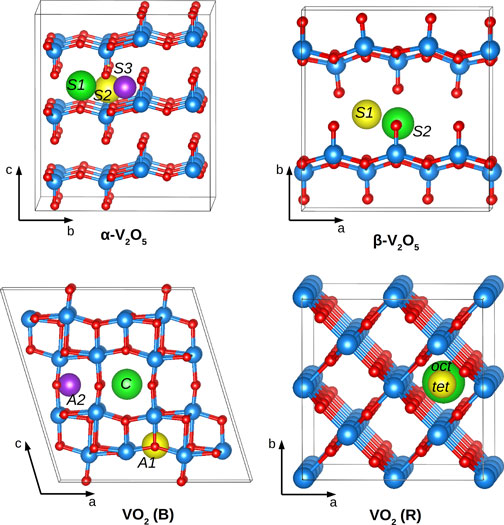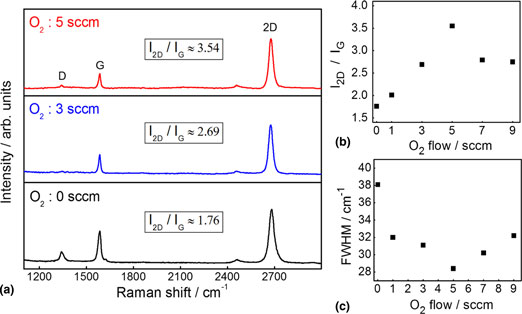Prospective Articles
Review and outlook: mechanical, thermodynamic, and kinetic continuum modeling of metallic materials at the grain scale
-
- Published online by Cambridge University Press:
- 16 October 2017, pp. 735-746
-
- Article
- Export citation
Enhanced shape memory and superelasticity in small-volume ceramics: a perspective on the controlling factors
-
- Published online by Cambridge University Press:
- 23 October 2017, pp. 747-754
-
- Article
-
- You have access
- HTML
- Export citation
High-frequency organic rectifiers through interface engineering
-
- Published online by Cambridge University Press:
- 20 September 2017, pp. 755-769
-
- Article
- Export citation
Magnesium–sulfur battery: its beginning and recent progress
-
- Published online by Cambridge University Press:
- 25 September 2017, pp. 770-784
-
- Article
- Export citation
Recent progress in the concurrent atomistic-continuum method and its application in phonon transport
-
- Published online by Cambridge University Press:
- 24 October 2017, pp. 785-797
-
- Article
- Export citation
Transmission electron microscopy with atomic resolution under atmospheric pressures
-
- Published online by Cambridge University Press:
- 21 November 2017, pp. 798-812
-
- Article
- Export citation
Research Letters
Long-term stability of mechanically exfoliated MoS2 flakes
-
- Published online by Cambridge University Press:
- 28 September 2017, pp. 813-818
-
- Article
- Export citation
A first-principles study of potassium insertion in crystalline vanadium oxide phases as possible potassium-ion battery cathode materials
-
- Published online by Cambridge University Press:
- 09 October 2017, pp. 819-825
-
- Article
- Export citation
Effect of intermittent oxygen exposure on chemical vapor deposition of graphene
-
- Published online by Cambridge University Press:
- 09 October 2017, pp. 826-831
-
- Article
- Export citation
Dynamics of interacting interphases in polymer bilayer thin films
-
- Published online by Cambridge University Press:
- 17 October 2017, pp. 832-839
-
- Article
- Export citation
Anomalous characteristics of pore formation in Graphene induced by Si-nanoparticle bombardment
-
- Published online by Cambridge University Press:
- 24 November 2017, pp. 840-847
-
- Article
- Export citation
Dewetting of Co thin films obtained by atomic layer deposition due to the thermal reduction process
-
- Published online by Cambridge University Press:
- 11 September 2017, pp. 848-853
-
- Article
- Export citation
Birth of silicon nanowires covered with protective insulating blanket
-
- Published online by Cambridge University Press:
- 20 September 2017, pp. 854-861
-
- Article
- Export citation
Rapid and scalable synthesis of crystalline tin oxide nanoparticles with superior photovoltaic properties by flame oxidation
-
- Published online by Cambridge University Press:
- 19 September 2017, pp. 862-866
-
- Article
- Export citation
Electrode architecture of carbon-coated silicon nanowires through magnesiothermic reduction for lithium-ion batteries
-
- Published online by Cambridge University Press:
- 09 October 2017, pp. 867-872
-
- Article
- Export citation
Impact of enhanced oxide reducibility on rates of solar-driven thermochemical fuel production
-
- Published online by Cambridge University Press:
- 09 October 2017, pp. 873-878
-
- Article
- Export citation
Formation of a hexagonal closed-packed phase in Al0.5CoCrFeNi high entropy alloy
-
- Published online by Cambridge University Press:
- 09 October 2017, pp. 879-884
-
- Article
- Export citation
The effects of hydrostatic pressure on the martensitic transition, magnetic, and magnetocaloric effects of Ni45Mn43CoSn11
-
- Published online by Cambridge University Press:
- 11 October 2017, pp. 885-890
-
- Article
- Export citation
Stable Pt clusters anchored to monovacancies on graphene sheets
-
- Published online by Cambridge University Press:
- 09 October 2017, pp. 891-895
-
- Article
- Export citation
Three-dimensional microscale flow of polymer coatings on glass during indentation
-
- Published online by Cambridge University Press:
- 17 October 2017, pp. 896-903
-
- Article
- Export citation






















